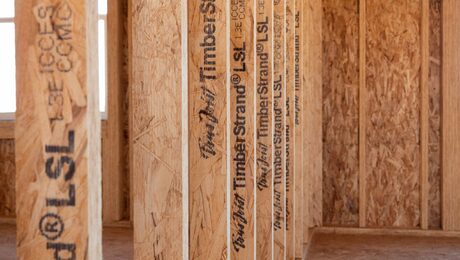Q:
Are there advantages of ponderosa pine over Douglas fir in window-making? Where can I find conclusive information about this subject?
John Friesen, via email, None
A:
Stephen L. Quarles, Ph.D., wood-durability specialist at the University of California’s Cooperative Extension, replies: Both species of wood are well-suited for window-making, but ponderosa pine has one basic advantage over Douglas fir: better dimensional stability (lower shrinkage and swelling during moisture changes).
The other important property is machinability (shaping, cutting, sanding). In a 1990s University of California study, we evaluated the machining characteristics of a number of species used for molding and millwork, and found ponderosa pine and Douglas fir very similar (based on clear grades of wood samples).
Because the water repellents that are used to treat wood window parts don’t typically penetrate very deeply, decay resistance also is important, although to a lesser extent. Here, the better natural decay resistance of Douglas fir provides a slight advantage over ponderosa pine.
As for conclusive information, a couple of sources come to mind: the USDA Forest Products Laboratory’s Wood Handbook (a free download at www.fpl.fs.fed.us; look under “General Information” or search “wood handbook”); and R. Bruce Hoadley’s Understanding Wood.

























